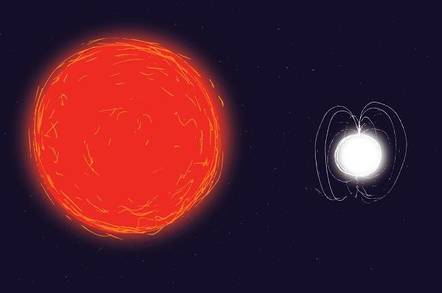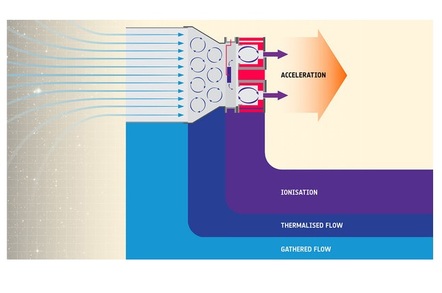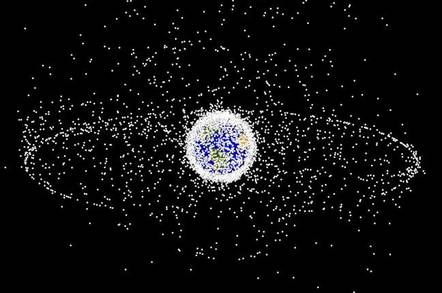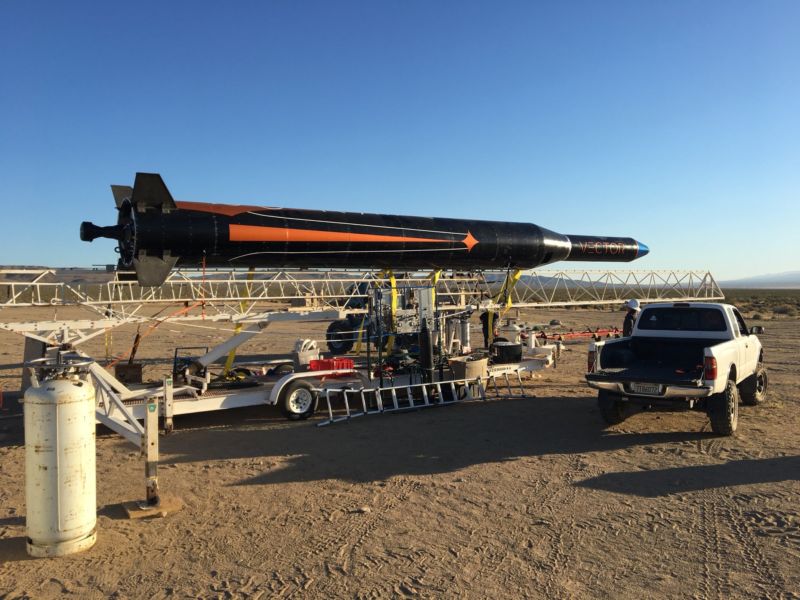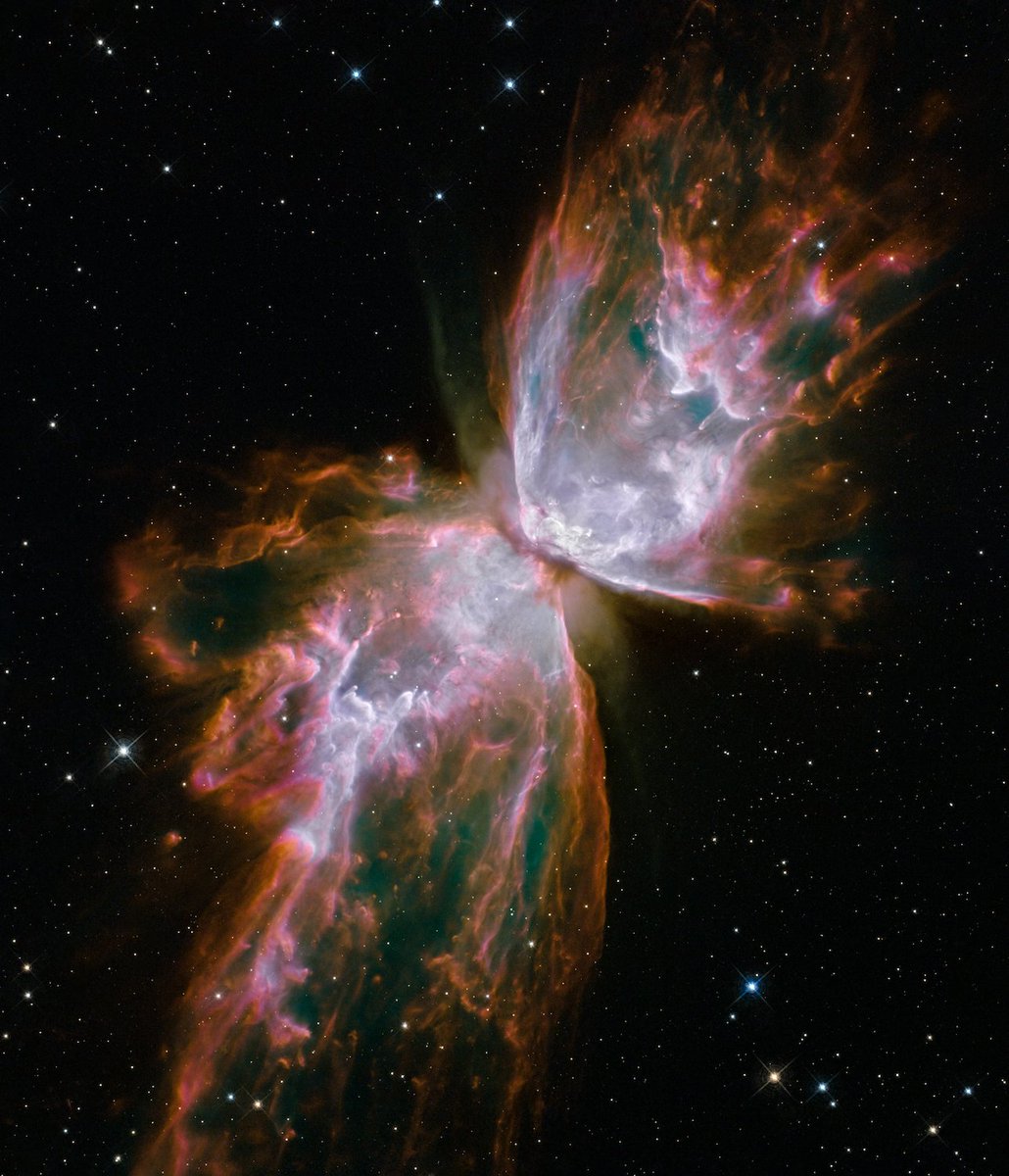- Joined
- Apr 2, 2005
- Messages
- 14,041
- Reaction score
- 2,042
The jokes just write themselves.
What is the Temperature of Uranus?
The collision may have done more than just tip Uranus over.
What is the Temperature of Uranus?
The collision may have done more than just tip Uranus over.


